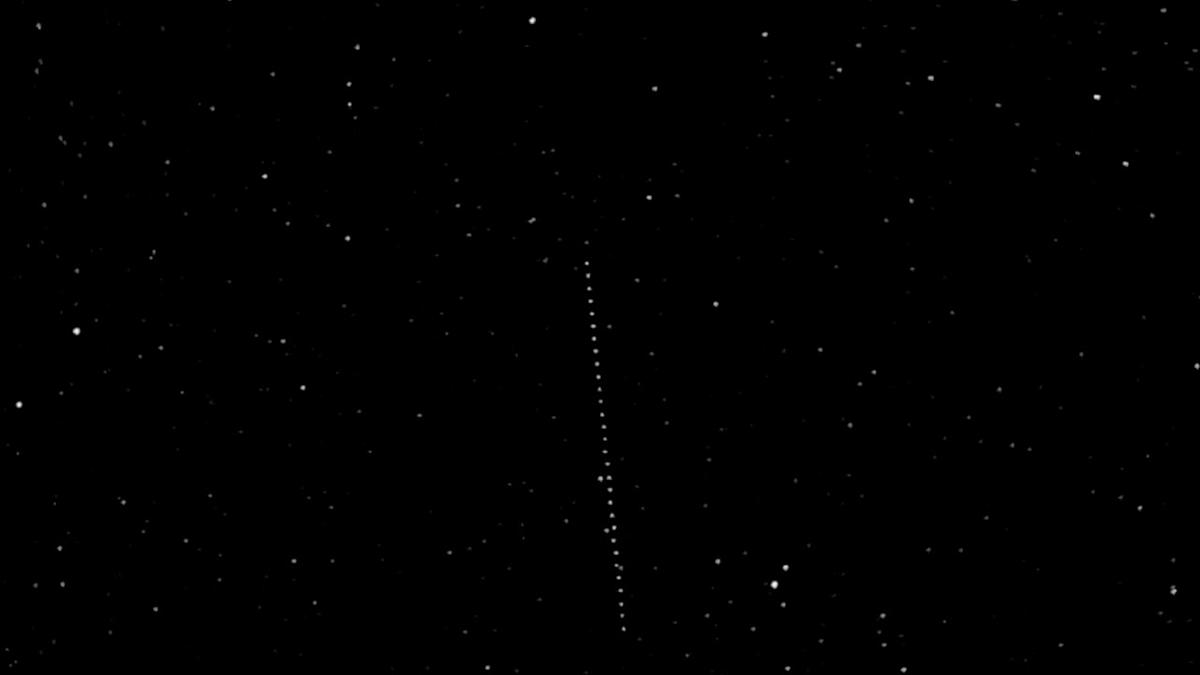Hera Spacecraft Captures Distant Asteroids, Refining Planetary Defense Capabilities

The European Space Agency’s (ESA) Hera spacecraft, en route to study the aftermath of NASA’s DART asteroid deflection experiment, has successfully imaged two faint asteroids in a preliminary assessment of its camera system. This test serves as crucial preparation for Hera’s primary objective: detailed observation of the Didymos and Dimorphos double asteroid system.
In September 2022, NASA’s Double Asteroid Redirection Test (DART) intentionally impacted Dimorphos, a small moon orbiting the larger asteroid Didymos. The mission aimed to demonstrate a technique for altering the trajectory of potentially hazardous asteroids that could pose a threat to Earth. Hera launched on October 7, 2024, and is scheduled to reach Didymos and Dimorphos in late 2026 to conduct a six-month study of the impact’s effects.
During its journey, Hera utilized a gravity assist maneuver with Mars in March 2025, propelling it through the asteroid belt – an ideal opportunity to test onboard instruments. Despite depictions often seen in popular culture, the asteroid belt is sparsely populated; objects are typically separated by vast distances. This presented a unique challenge for Hera, which initially lacked proximity to any asteroids.
The chosen targets for testing were (1126) Otero and (18805) Kellyday, both relatively obscure celestial bodies. On May 11, researchers focused on Otero, named after the Spanish dancer Carolina Otero; it’s a rare A-type asteroid believed to originate from the shattered mantle of an ancient protoplanet. Hera tracked Otero for three hours, producing images every six minutes. Despite being approximately 187 million miles away, the asteroid appeared as a faint point of light that gradually revealed itself as a moving trail against the background stars.
Subsequently, on July 19, Hera captured imagery of Kellyday, named in honor of U.S. student Kelly Jean Day, who received an asteroid naming prize for her achievements in science and engineering. Kellyday presented an even greater challenge, appearing 40 times fainter than Otero to the spacecraft’s cameras.
The successful imaging of both asteroids represents a significant validation of Hera’s Asteroid Framing Camera and its ability to locate faint objects at considerable distances – a critical capability for future observation tasks. Beyond its primary mission, these operational insights could enable Hera to monitor newly discovered potentially hazardous asteroids, aiding in orbital calculations and collision risk assessment. Alternatively, the spacecraft could be deployed to study unexpected celestial phenomena like interstellar comets, enabling rapid response capabilities for astronomers.









